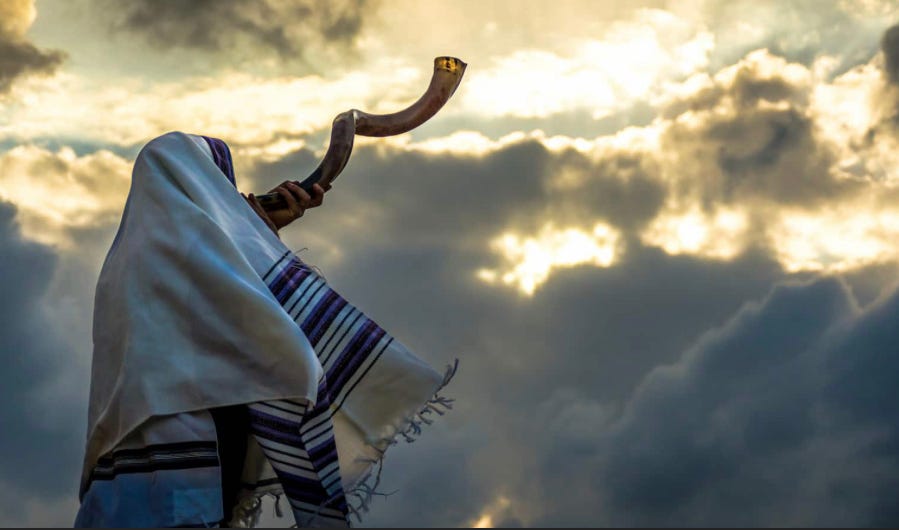Yom Kippur: The Day of Atonement and God’s Forgiveness
Today marks the close of the great Jewish feast of Yom Kippur or the Day of Atonement, the holiest day of the Jewish year.
Yom Kippur follows closely on the Jewish New Year, Rosh Hashanah, and occurs on the 10th day of Tishrei (this year, that means sunset Sept. 24 to after nightfall on Sept. 25). Rosh Hashanah and Yom Kippur are the “High Holy Days” or “Days of Awe” of Judaism. God judges all creatures between Rosh Hashanah and Yom Kippur, according to Jewish tradition. No work is to be done on Yom Kippur.
From Chabad.org:
“What: Yom Kippur fast day is the holiest day of the year, when we are closest to G‑d and to the essence of our souls. Yom Kippur means ‘Day of Atonement,’ as the verse states, ‘For on this day He will forgive you, to purify you, that you be cleansed from all your sins before G‑d.’ [Lev. 16:30]…
How: For nearly 26 hours we ‘afflict our souls’: we abstain from food and drink, do not wash or apply lotions or creams, do not wear leather footwear, and abstain from marital relations. Instead, we spend the day in synagogue, praying for forgiveness.
Just months after the people of Israel left Egypt in the year 2448 from creation (1313 [BC]), they sinned by worshipping a golden calf. Moses ascended Mount Sinai and prayed to G‑d to forgive them. After two 40-day stints on the mountain, full Divine favor was obtained. The day Moses came down the mountain (the 10th of Tishrei) was to be known forevermore as the Day of Atonement—Yom Kippur.”
Chabad notes that the Israelites then built the portable Tabernacle to house the Ark of the Covenant and be a dwelling for the presence of God, the visible manifestation of which was the Shekinah cloud. Tabernacle services “climaxed” on Yom Kippur, and the ceremonies included two goats—one sacrificed, and one driven into the wilderness after the people’s sins were ritually imposed upon it, from which we get the term “scapegoat.” The same ceremony was performed for many centuries during the Temple period. Yom Kippur was the one day of the year on which the High Priest could enter the Holy of Holies, where the Ark (containing the Ten Commandments) was.
Since the destruction of the last Temple in 70 AD, Jews still commemorate Yom Kippur, though not with the same ceremonies. The shofar is blown in the morning and there are special prayers and fasting, Chabad explains. There are also traditional ways of preparing the day before Yom Kippur, including special meals, giving to charity, and candle lightings. On Yom Kippur itself, there are five prayer services in the synagogue and Jews customarily wear white, a color associated with purity. After the close of Yom Kippur, the shofar is blown and there is a festive meal and celebration.
God’s forgiveness is available to all those who ask for it and repent from their sins. That is known to be true by Jews and Christians alike. To all those commemorating Yom Kippur, may God bless you.



